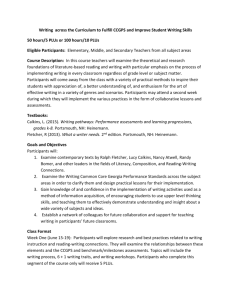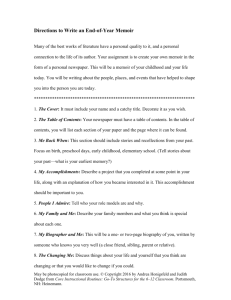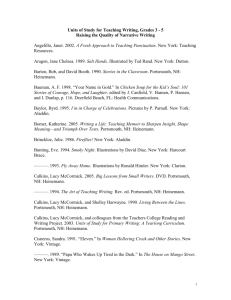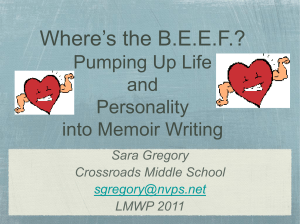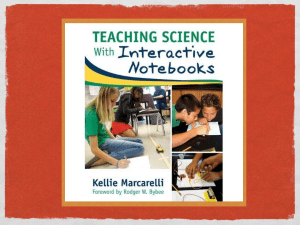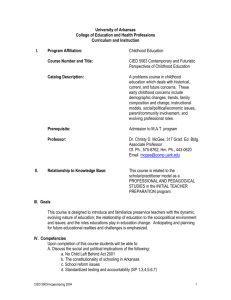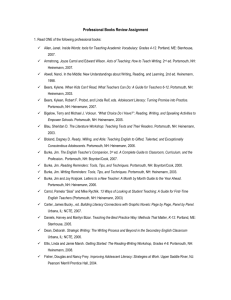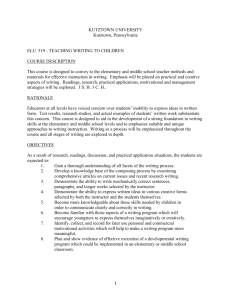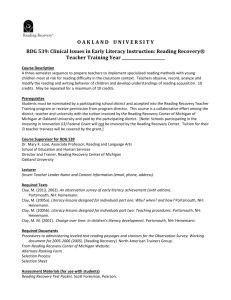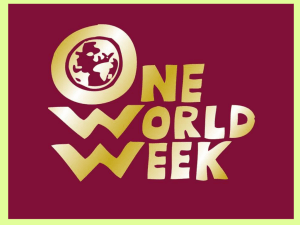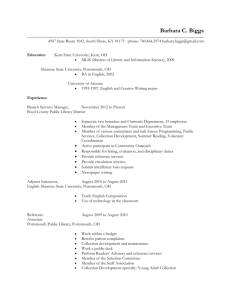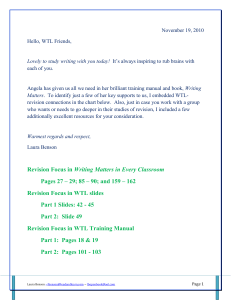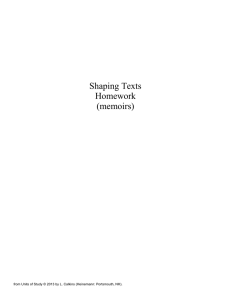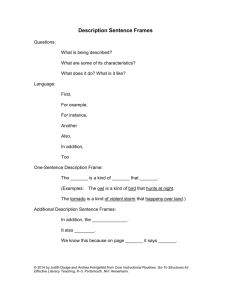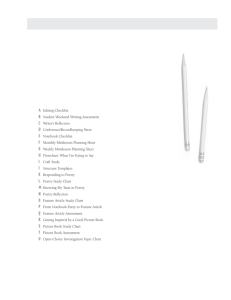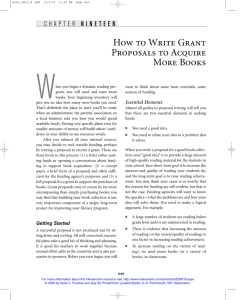invitations to write
advertisement
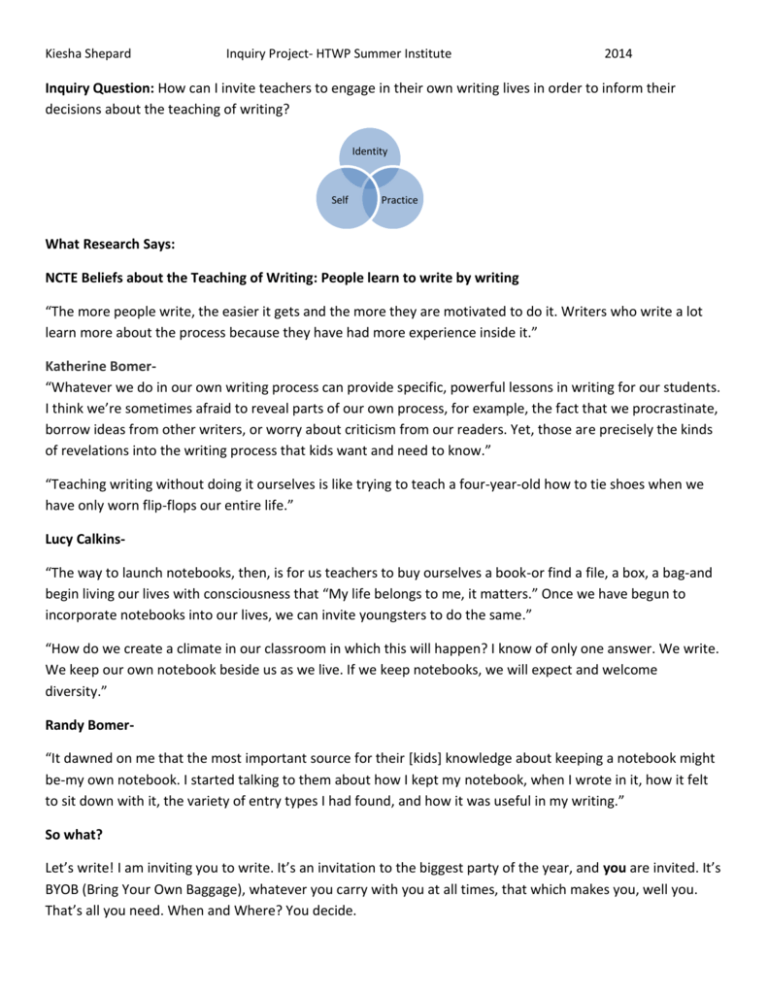
Kiesha Shepard Inquiry Project- HTWP Summer Institute 2014 Inquiry Question: How can I invite teachers to engage in their own writing lives in order to inform their decisions about the teaching of writing? Identity Self Practice What Research Says: NCTE Beliefs about the Teaching of Writing: People learn to write by writing “The more people write, the easier it gets and the more they are motivated to do it. Writers who write a lot learn more about the process because they have had more experience inside it.” Katherine Bomer“Whatever we do in our own writing process can provide specific, powerful lessons in writing for our students. I think we’re sometimes afraid to reveal parts of our own process, for example, the fact that we procrastinate, borrow ideas from other writers, or worry about criticism from our readers. Yet, those are precisely the kinds of revelations into the writing process that kids want and need to know.” “Teaching writing without doing it ourselves is like trying to teach a four-year-old how to tie shoes when we have only worn flip-flops our entire life.” Lucy Calkins“The way to launch notebooks, then, is for us teachers to buy ourselves a book-or find a file, a box, a bag-and begin living our lives with consciousness that “My life belongs to me, it matters.” Once we have begun to incorporate notebooks into our lives, we can invite youngsters to do the same.” “How do we create a climate in our classroom in which this will happen? I know of only one answer. We write. We keep our own notebook beside us as we live. If we keep notebooks, we will expect and welcome diversity.” Randy Bomer“It dawned on me that the most important source for their [kids] knowledge about keeping a notebook might be-my own notebook. I started talking to them about how I kept my notebook, when I wrote in it, how it felt to sit down with it, the variety of entry types I had found, and how it was useful in my writing.” So what? Let’s write! I am inviting you to write. It’s an invitation to the biggest party of the year, and you are invited. It’s BYOB (Bring Your Own Baggage), whatever you carry with you at all times, that which makes you, well you. That’s all you need. When and Where? You decide. Kiesha Shepard Inquiry Project- HTWP Summer Institute 2014 Carve out a time and a space to write. In doing so, you will find your querencia as a writer. In Spanish, querencia describes a place where one feels safe, a place from which one’s strength of character is drawn, a place where one feels at home. As Georgia Heard tells us, “We know where we feel most at home. Our bodies tell us, if we listen. Writing is a way of finding and keeping our home.” Invitation to Live as a Writer: What happens when you claim your identity as a writer? What changes? When you are really writing, what do you notice about your life and how you are living? How will you engage in your writing life? What happens when you embrace the tensions that surface in your own writing? What does this mean for your teaching? So after thinking about ourselves as writers, how can living and engaging in our own writing life help us to think more deeply about our teaching practice? Sources: Whitney, Ann E. " Lawnmowers, Parties, and Writing Groups: What Teacher-Authors Have to Teach Us about Writing for Publication." English Journal 101.5 (2012): 51-56. Print. Bomer, Randy. Time for Meaning. Portsmouth, NH: Heinemann, 1995. 43-44. Print. Calkins, Lucy. Living Between the Lines. Portsmouth, NH: Heinemann, 1991. 35-52 Print. Bomer, Katherine. Hidden Gems. Portsmouth, NH: Heinemann, 2010. Print. Whitney, Ann E. “Beyond Strategies: Teacher Practice, Writing Process, and the Influence of Inquiry.” English Education, V 40, N3, April (2008): 207-208. Print. Heard, Georgia. Writing Toward Home. Portsmouth, NH: Heinemann, 1995. Print. Bomer, Randy. Building Adolescent Literacy in Today’s English Classrooms. Portsmouth, NH: Heinemann, 2011. Print. Cameron, Julia. The Right to Write. New York: Putnam, 1998. Print. Goldberg, Natalie. Writing Down the Bones. Massachusetts: Shambhala Publications, 1986. Print.
